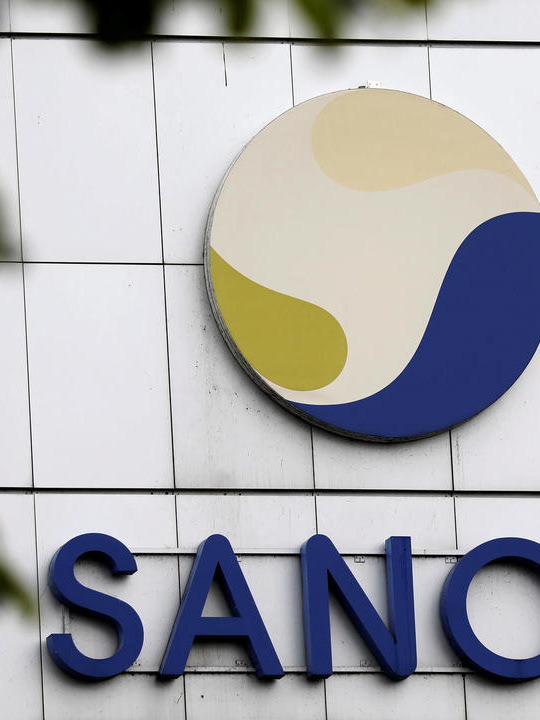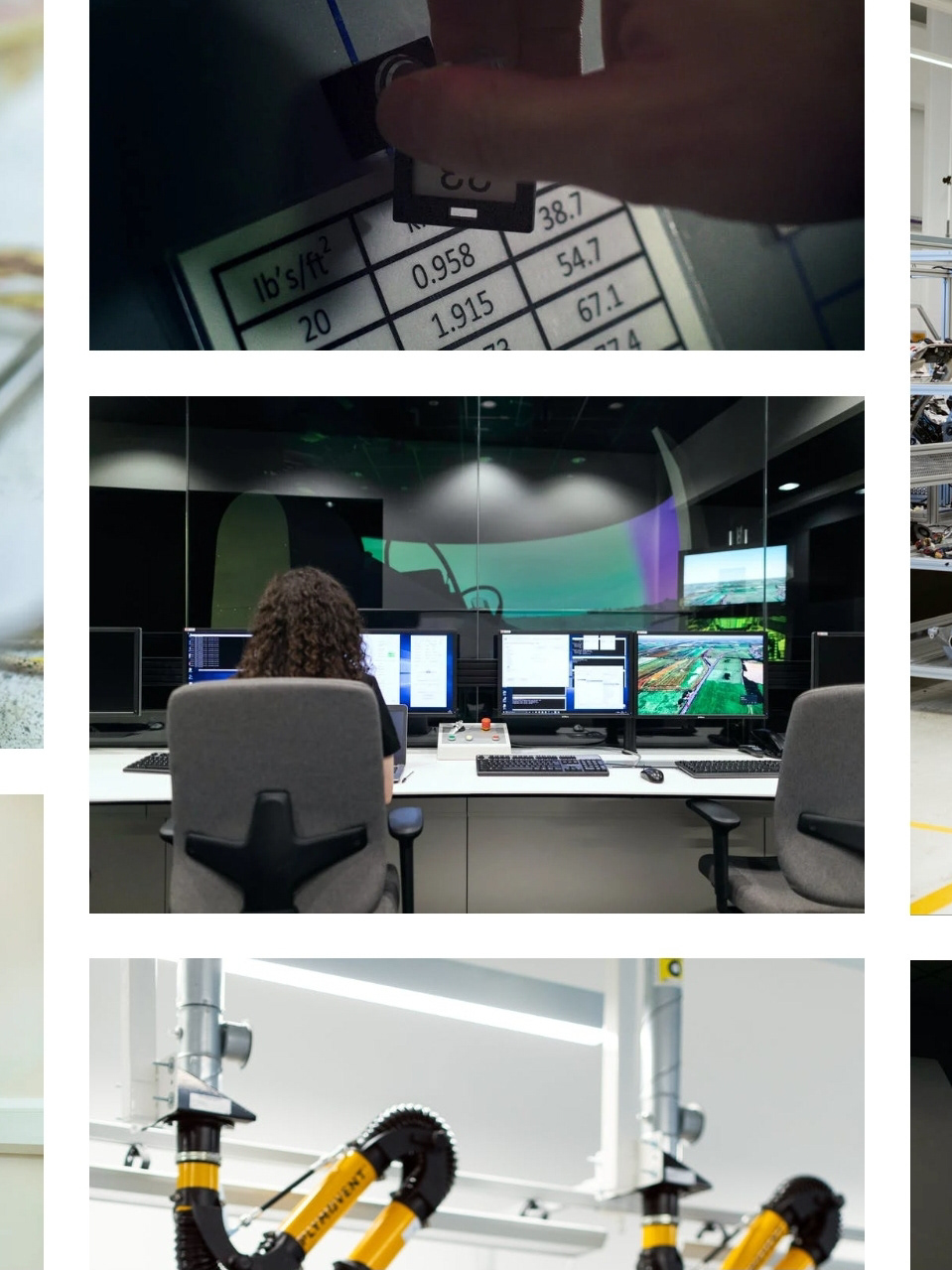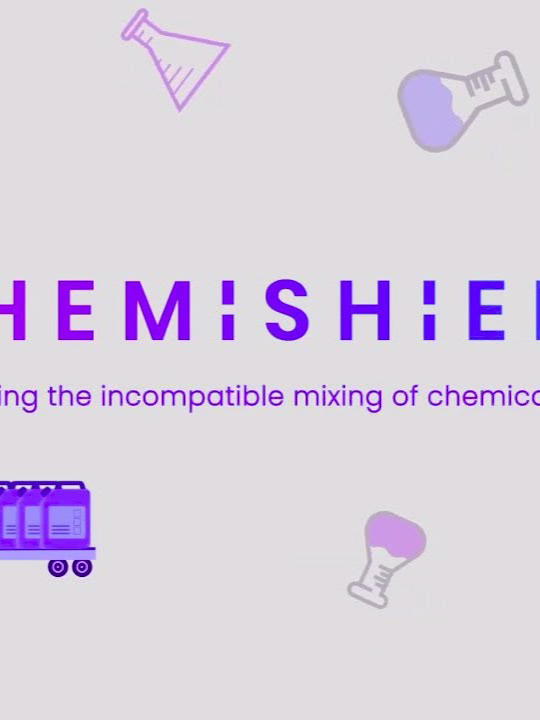- Introduction -
For my Master's dissertation I chose to investigate organisational culture in a construction company in Ireland. My aim with this dissertation was to combine the knowledge I gained in my Master of Business in Management with the knowledge I already had from my undergraduate degree in Engineering with Management. The title for my research project was: how organisational culture motivates innovation and creativity; a case study within the construction industry in Ireland.
- Rationale for this Study -
While typically the construction industry is not widely perceived as offering an environment that nurtures creativity, it is by definition a creative industry. This is because no single project is the same as another and that diversity breeds innovation and innovative problem solving at the practical level. My goal with my research was to highlight the importance of creativity and innovation in the construction industry. A quick Google search shows that there is little information available online about the type of organisational culture that motivates innovation and creativity in a construction company, with even less studies that focus on Irish construction companies. This was surprising as the construction industry is vital for the growth of the Irish economy. It has taken a hit due to the global pandemic. Covid-19 now poses fresh challenges to the delivery of much needed infrastructure and housing throughout Ireland. Therefore, the need for innovation and creativity in this industry has never been more important. I wanted to conduct my own research and talk to experts in the field to learn firsthand what components of organisational culture stimulate creativity and if there are any that hinder it.
- Dissertation Timeline -
In order to stay on track with the dissertation and not feel too overwhelmed at any point, I created an excel spreadsheet with certain deadlines I wanted to achieve. Having a plan and timeline to work from helped me not to procrastinate, and helped me stayed motivated. This was especially important during the tougher times of lockdown. I started the dissertation process in December 2019, and I submitted my final document in August 2020. Below I have included an image showing the stages of researching and writing a dissertation and how long each stage lasted for me.
If you would like a copy of this excel document to use as a template for your own projects, please feel free to reach out to me on any of my socials and I will send it to you.
Dissertation timeline
- Dissertation Layout -
Funnel method approach for my dissertation
One third of my dissertation consisted of a literature review. I used the funnel method to structure my literature review. I started by scoping the background literature related to the general topic area. In this case it was creativity and innovation. As I progressed, the focus became narrower by moving to organisational culture in a general sense and then looking specifically at the models of organisational culture that motivate creativity and innovation. I then narrowed the focus even further by investigating innovation strategy before finally narrowing in on the construction industry, which was the core focus of this dissertation. The image on the left is a visual representation of this process.
The next step was to research how I was going to gather information which I could then analyse and interpret in order to answer the research question. My initial plan was to conduct in-person and in-depth interviews. I discovered that these have a lot of benefits over other primary research methods. However, that plan changed once the country went into lockdown. I tried to conduct the interviews through video calls but it was difficult to find a time that suited both me and the interviewee. In the end I designed a survey with 10 questions that took a total of 20 minutes to complete and distributed it on SurveyMonkey. Surveys are a great way to reach a large number of people. The biggest advantage with a survey is that it can be completed in the respondent's own time so it alleviates some of the pressure there. It also gives the respondent plenty of time to think of their response to questions and they can return to a question they have previously answered if they wish to add to it.
A pilot test was conducted on a sample of people working in the construction industry. It was a helpful way for me to get feedback from the survey's target population and make the necessary changes to issues that were identified, e.g. survey respondent did not understand the question or instructions. Then the final iteration of the survey was distributed to workers in the construction industry. They were contacted via email and LinkedIn.
Once the information had been gathered it was time to sift through it all and present the findings in a clear, concise, and effective manner. This process of analysing and interpreting data was very time consuming. It required patience and great attention to detail. I found it was best to illustrate my responses with tables and graphs, as it aided in the understanding of the research findings. An example for one of the survey questions is shown below. The rating scale chosen for the survey questions was the Likert scale. A 5-point scale was used, ranging from 1 ('not at all important') to 5 ('very important').
Table showing numerical survey results
Graph with legend illustrating survey results
In total, I got 72 responses to my survey. 11 of these responses were declared not useful as they were filled out incorrectly, e.g. did not work in the construction industry or answered all of the questions incorrectly to throw off the results. When all the survey responses were collected and analysed, I noticed there was a mixture of responses in some cases. This left me with some unanswered questions. In order to get a clear and greater understanding of my findings I reached out to several workers in the construction industry through LinkedIn and organised a quick semi-structured interview. I conducted four interviews with people working in different departments and at different levels in the construction industry. They answered any questions or doubts that I had so I could better answer my research question and research objectives.
- Results & Conclusion -
I conducted this research in order to answer the question: How does organisational culture motivate creativity and innovation; a case study within the construction industry in Ireland? It turns out, this question was not as simple to answer as I initially thought. However, by breaking it down into four research ojectives, I can conclude that the research question was answered successfully. Below I have outlined each research objective and a summary of my findings for that objective.
Research Objective 1: What are the elements of organisational culture that encourage creativity and innovation?
Answer: The elements of organisational culture that encourage creativity and innovation in the construction industry is a long list. Some of the top elements include working in multidisciplinary teams, strong leadership, and open communication.
Research Objective 2: To map the organisational culture in a construction company based on models found in the literature.
Answer: By analysing the top elements identified in the first research objective, I noticed that those bore a strong resemblance to Martins and Martins model for a creative climate. As a result, this model could be used as a starting point to map the organisational culture of a construction company.
Research Objective 3: To analyse the individual worker's determination of elements conducive to creativity and innovation in their organisation.
Answer: Every individual in an organisation prioritises the elements of organisational culture for motivating creativity and innovation differently. The point to take away from this is that creativity is motivated at the individual level in order for there to be innovation at the organisational level. Learn what motivates the creativity of each individual employee to get an innovative organisation.
Research Objective 4: To discover if there are different motivations underpinning innovation and creativity in different departments within the organisation.
Answer: I discovered that there are different motivations underpinning creativity and innovation within an organisation. This was highlighted in Goran Ekvall's model for a creative work environment.
- What I Learned -
- It is important to choose a topic that you are passionate about. Because at the end of the day you will be spending hundreds of hours reading articles, writing, and talking to others about this topic.
- It is a good idea to research a topic that could help you advance in your professional career. The dissertation could be a great talking point in future job interviews for example.
- This dissertation was completed during quarantine. As a result, my initial plan to conduct a case study had to be changed because I could not get sufficient information from one company. In order to carry out my research and successfully complete my project I had to be flexible and change and adapt to these challenging times.
- The most important thing I learned is how much I can grow in a few months. Looking back on when I started this dissertation to where I am now, it's amazing to see how far I have come. Because of that, I am excited to see what the future holds for me.


